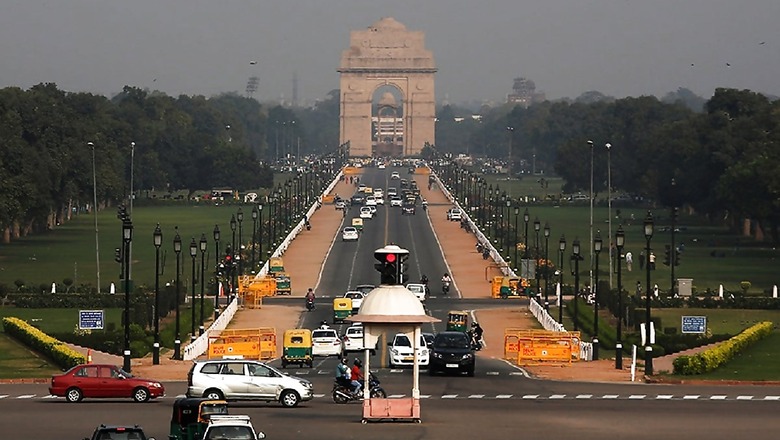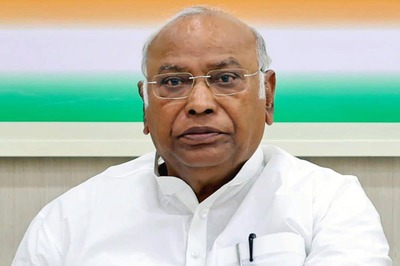
views
The Delhi government has set an ambitious target to increase the city's green cover from 22 percent at present to 25 percent in the next three years, officials said on Thursday. According to the latest India State of Forest Report (ISFR) released in 2019, Delhi's green cover, comprising forest and tree cover, is 324 sq km or 21.9 percent of the total area at present. It was 305.4 sq km or 20.6 percent in 2017. “According to our assessment, Delhi's green cover can be increased to 25 percent of its total area of 1,484 sq km. It means 45 sq km land is available with various departments in Delhi for afforestation purposes,” Principal Conservator of Forests Ishwar Singh said.
“This is the maximum green cover achievable in the city. Thereafter, we will work on a five-year plan to improve the quality of our forest cover which will improve its carbon sink capacity,” he said. The National Forest Policy aims at bringing a minimum one-third of India's total geographical area under green cover. The green cover should be at least 66 percent of the total area in hilly regions and 20 percent in the plains.
“We can achieve this target in the next three years if land is available,” Singh said. The Forest Department has already asked the Delhi Development Authority and the development commissioner to create a “forest land bank” which can be utilized in the future for compensatory plantation by various departments and agencies. The creation of a land bank will simplify the process of compensatory plantation and avoid delays in projects, Singh said. “There will be no need to identify a new piece of land for compensatory afforestation every time a project comes up,” he said, adding most of the land needed is available on Yamuna floodplains.
“No development activity can be taken up on the floodplains. It is the most suitable area for afforestation activity,” the PPCF said. However, environmentalists have opposed using Yamuna floodplains for afforestation purposes, claiming any compensatory afforestation can result in an "avoidable alteration in the natural functions of the floodplains".
On this, Singh said that plantation exercises will be undertaken on the extended part of the floodplains where river water does not reach often. “We are not going to plant trees immediately along the river, it will alter its flow. Enough area will be left for the river to swell during monsoon. Even if the flood water reaches the trees, it will only for a few days… which will not cause any harm,” he said.




















Comments
0 comment